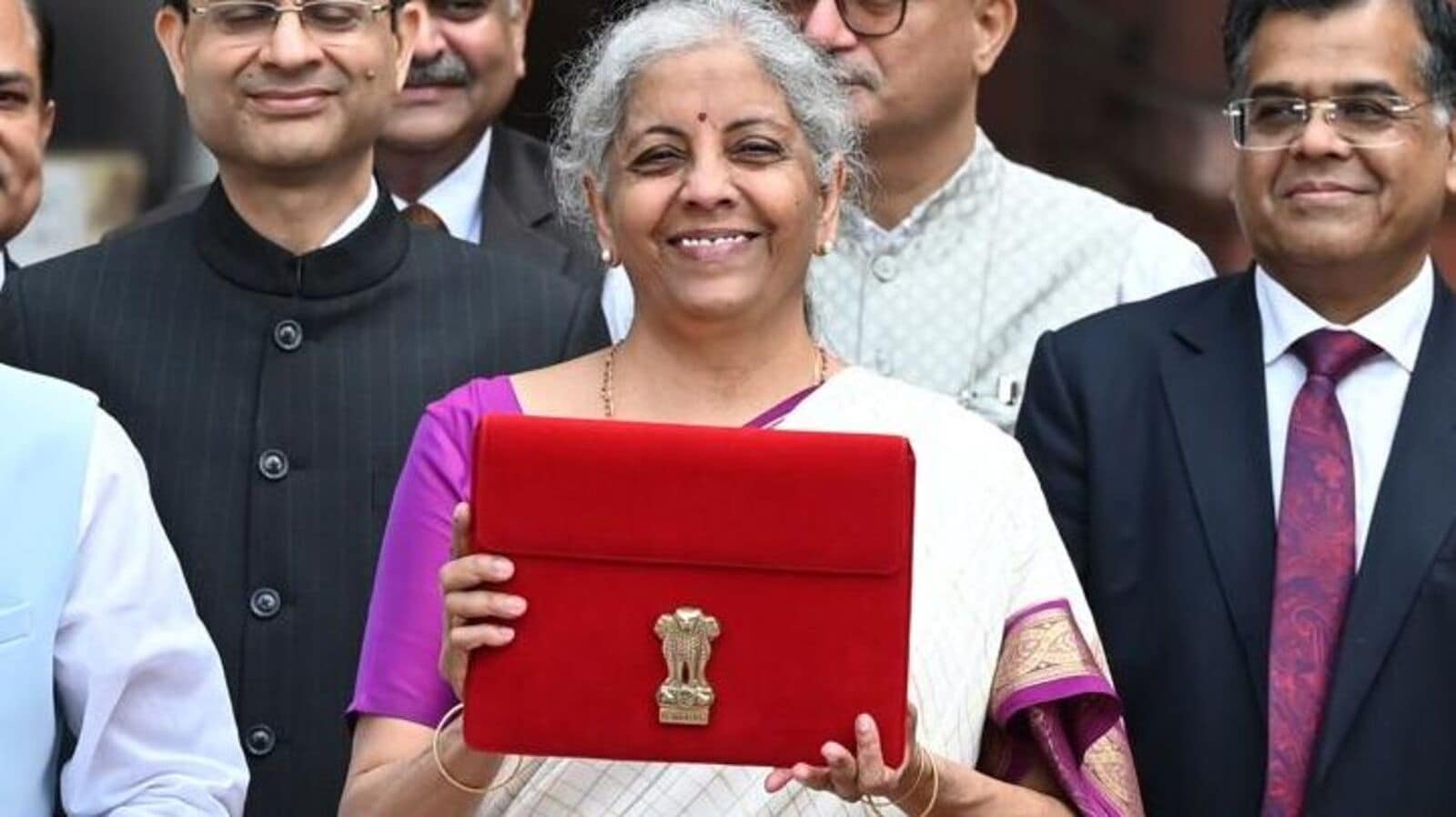As promised in the Interim Budget 2024-2025 by finance minister Nirmala Sitharaman, it was heartening to see the detailed and comprehensive road map for Viksit Bharat in the full budget. Overall, the Budget 2024 has been an inclusive one, listing out nine priority areas. In fact, inspired by Prime Minister Narendra Modi’s vision, FICCI’s four priority areas, namely manufacturing (Make in India), farm-led growth, women-led development and sustainability, closely mirror the thrust areas highlighted in the budget. These are areas for further growth and progress as we build a Viksit Bharat.
For the first time in the budget speech, we have seen announcements made to lay out an economic policy framework for next-generation reforms that will include measures for improving the productivity of factors of production, namely land, labour, capital, entrepreneurship and technology, making markets and sectors more efficient. The world’s living standards have climbed sharply over the past two decades, driven by strong productivity growth. However, there are signs that productivity growth is fading in many parts of the world. If India has to sustain its economic growth rate over a quarter century and do it sustainably, it is important that these reforms for factors of production improving their productivity and making markets efficient are carried out now.
The government has focused a lot on infrastructure in the last few years, and significant investment has been made in building and improving infrastructure. The expenditure has almost doubled in the last six to seven years and there has been a lot of progress in sectors like roads, highways, ports, electricity, water and sanitation, urban development, strategic and digital infrastructure. This has had a strong multiplier effect on the economy.
Infrastructure push
It is important that this focus on infrastructure continues, and FICCI is happy to note the government’s endeavour to maintain strong fiscal support for infrastructure over the next five years, in conjunction with imperatives of other priorities and fiscal consolidation. This year, the budget has provided a record-high allocation of ₹11.11 trillion for capital expenditure, which is 3.4% of our gross domestic product (GDP).
Further, the budget’s focus on manufacturing, MSME and employment will be a decisive factor in our journey towards Viksit Bharat. Incentives in the budget for employment, strengthened support for MSMEs and the cost of doing business will help address these aspects in a comprehensive manner.
The role of manufacturing in Viksit Bharat is imperative, and this came out loud and clear in the latest budget. A slew of measures announced in the budget for manufacturing, particularly for employment generation and skilling, bode well for the country. Manufacturing is considered as one of the most dynamic sectors in the global economy, both in terms of economic weight and its links with all other sectors. Structural change towards higher value-added manufacturing activities has traditionally been considered the main path economies can take to achieve higher income levels and provide sustainable livelihoods for their population.
Focus on manufacturing
With a $467 billion size, India’s manufacturing sector today stands fifth globally, surpassing traditional superpowers in manufacturing like the UK, South Korea, France, etc. But we need to scale this up fast, as the gap between India and economies like Japan and Germany is more than double and with China it is almost ten times.
Currently, only 11.4% of our workforce is in manufacturing. The service sector remains a major job creator along with the construction sector, driven by the government’s push for infrastructure. However, since construction jobs are largely informal and low-paying, there is a need for avenues for the labour force leaving agriculture. Unfortunately, the manufacturing sector employment creation has been subdued, as noted in the Economic Survey 2024, though it appears to have rebounded since 2021-22. According to UN population projections, India’s working-age population (15-59 years) will continue to grow until 2044. Indian economy needs to generate nearly 7.85 million jobs annually in the non-farm sector to cater to the rising workforce. Prime Minister’s Package for Employment and Skilling announced in the budget, namely employment-linked incentives for first-timers, job creation in manufacturing and support to employers, will provide the much-needed impetus to absorb the growing labour force in manufacturing and MSMEs.
Some of the announcements made in the budget for MSMEs have been a long-standing demand of the sector, and these announcements are expected to provide much-needed respite and space for the sector to scale up. A credit guarantee scheme for MSMEs in manufacturing, credit support to MSMEs during stress periods and the development of investment-ready “plug and play” industrial parks with complete infrastructure in or near 100 cities, among others, will help MSMEs to grow and compete globally.
Lastly, it was quite reassuring for the investors to know that the government aims to reach a fiscal deficit below 4.5% by next year itself, from the current level of 4.9%. This truly shows the government’s commitment to the continuity of reforms and major steps it has taken in the last few years to provide strong and resilient growth for the Indian economy.
Anant Goenka, vice-president, Federation of Indian Chambers of Commerce & Industry (FICCI) and vice-chairman, RPG Enterprises.
